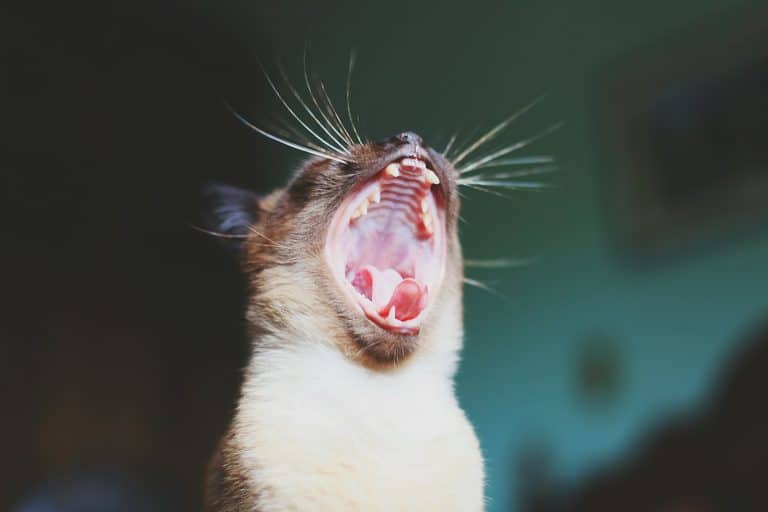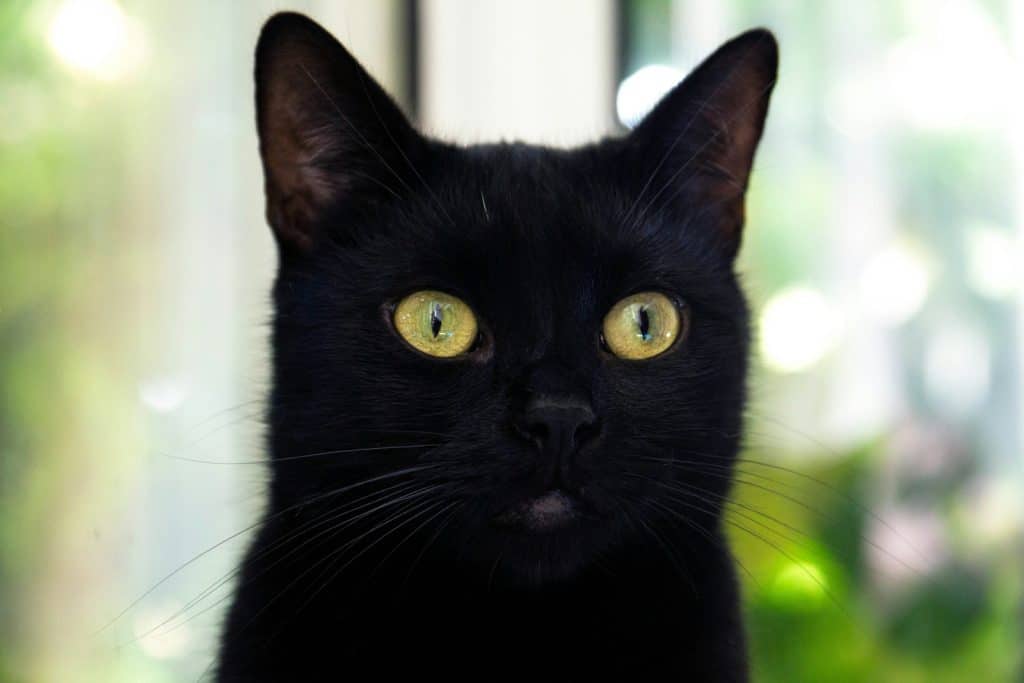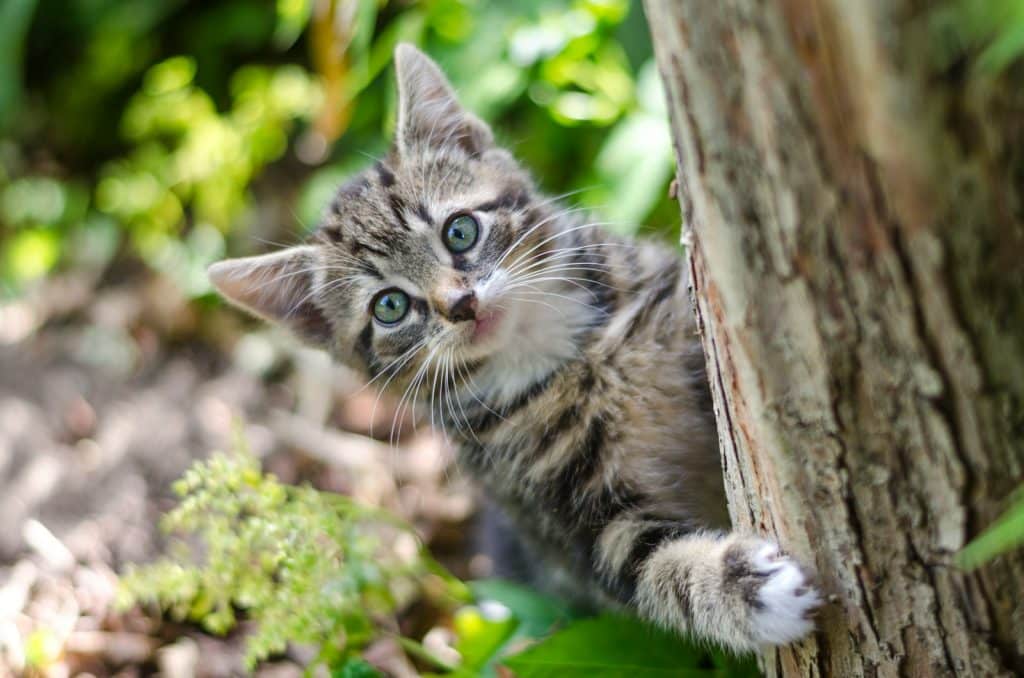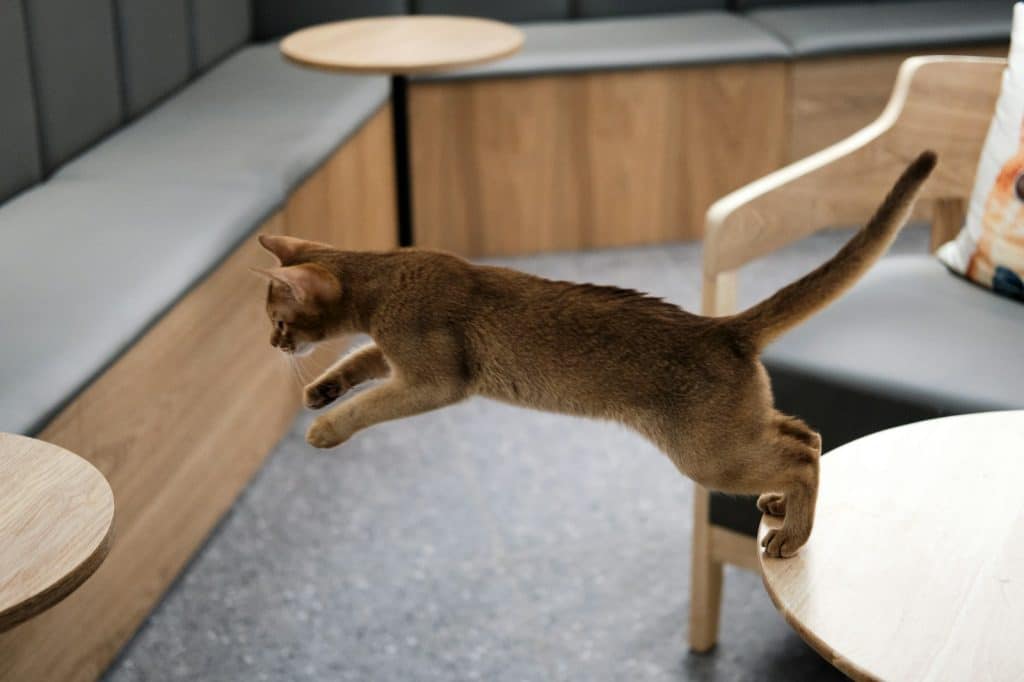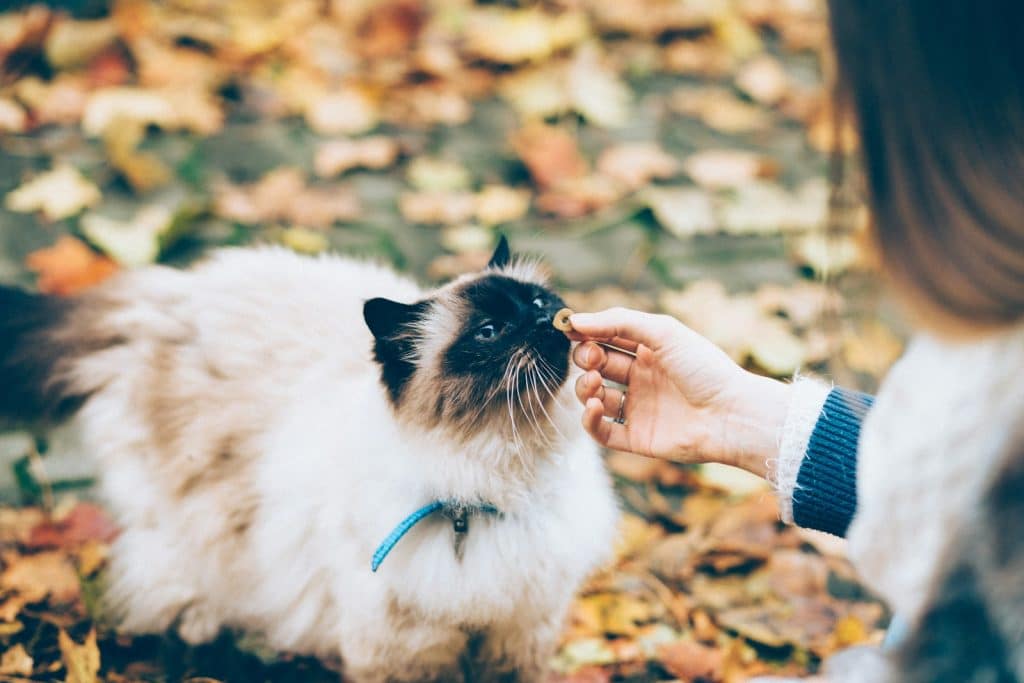Teething is a completely natural process for kittens, much like it is for many mammals. While most kittens breeze through this phase without issues, some may require extra attention and care. This article explores the stages of kitten teething, signs to watch for, and actionable tips to ensure your furry friend’s comfort. We’ll also highlight essential Amazon USA products that can make this transition smoother.
How Do Kittens Teeth?
Kittens begin developing their baby teeth (also called deciduous or milk teeth) between two and six weeks after birth. By six weeks old, they’ll have a full set of 26 tiny, needle-sharp teeth. Teething at this stage is often subtle, but you might notice increased chewing behavior as their teeth erupt.
Around three to six months of age, kittens start losing their baby teeth, making way for permanent adult teeth. These adult teeth push through the gums as the roots of the baby teeth dissolve, allowing the temporary teeth to fall out painlessly. Kittens typically swallow their shed teeth, which is harmless.
However, retained deciduous teeth—when baby teeth don’t fall out—can pose problems. These stubborn teeth may crowd or misalign incoming adult teeth, leading to dental issues like gingivitis, plaque buildup, or jaw abnormalities. The canine teeth (fangs) are most prone to retention. Regular veterinary checkups during this phase are critical to catch and address such issues early.
Baby Teeth vs. Adult Teeth: Key Differences
Baby Teeth:
- Appearance: Thin, translucent, and razor-sharp.
- Quantity: 26 teeth.
- Root Structure: Short, shallow roots that dissolve easily.
- Function: Act as placeholders for adult teeth.
Adult Teeth:
- Appearance: Larger, cream-colored, with robust structure.
- Quantity: 30 teeth (including four molars).
- Root Structure: Deep roots anchored into the jawbone.
- Durability: Designed to last a lifetime with proper care.
Adult teeth require diligent hygiene to prevent periodontal disease, which affects over 70% of cats by age three. Integrating dental care early, such as brushing or dental treats, is vital.
Signs Your Kitten Is Teething
- Excessive Chewing: Furniture, cords, or even your fingers may become targets.
- Drooling: Mild saliva production is common.
- Bleeding Gums: Tiny blood spots on toys or beds signal emerging teeth.
- Pawing at the Mouth: Discomfort may prompt your kitten to rub their face.
- Reduced Appetite: Sore gums can make eating dry food uncomfortable.
- Irritability: Your normally playful kitten might seem grumpy or withdrawn.
While these symptoms are typical, consult a vet if bleeding is excessive, appetite loss persists beyond 48 hours, or you notice broken teeth.
Essential Care Tips for Teething Kittens
1. Kitten-Safe Chew Toys
Provide soft, flexible toys to soothe gums. Avoid hard plastic or small parts that could break off.
2. Dental Hygiene
Introduce toothbrushing early using cat-friendly toothpaste.
3. Adjust Their Diet
Soften dry kibble with warm water or switch to wet food temporarily.
4. Cat Grass
Safe, digestible grass satisfies chewing instincts and aids digestion.
5. Protect Cords and Plants
Use cord protectors and remove toxic plants (e.g., lilies, pothos).
6. Cold Therapy
Offer ice cubes or chilled washcloths to numb sore gums.
When to Visit the Vet
- Persistent refusal to eat or drink.
- Swollen, discolored, or bleeding gums.
- Broken or misaligned teeth.
- Foul breath (could indicate infection).
Long-Term Dental Health
Adult teeth are irreplaceable, so preventive care is key:
Nutritional dental diets, annual cleanings, and chew toys that scrape plaque.
Teething is temporary, but proactive care ensures lifelong dental health. With the right tools—like chew toys, cat grass, and dental products—you’ll help your kitten navigate this phase comfortably.
By understanding your kitten’s needs and leveraging these , you’re setting the stage for a happy, healthy cat!
Remember , happy pet means happy owner . Have a wonderful day and happy time with your cat friend

